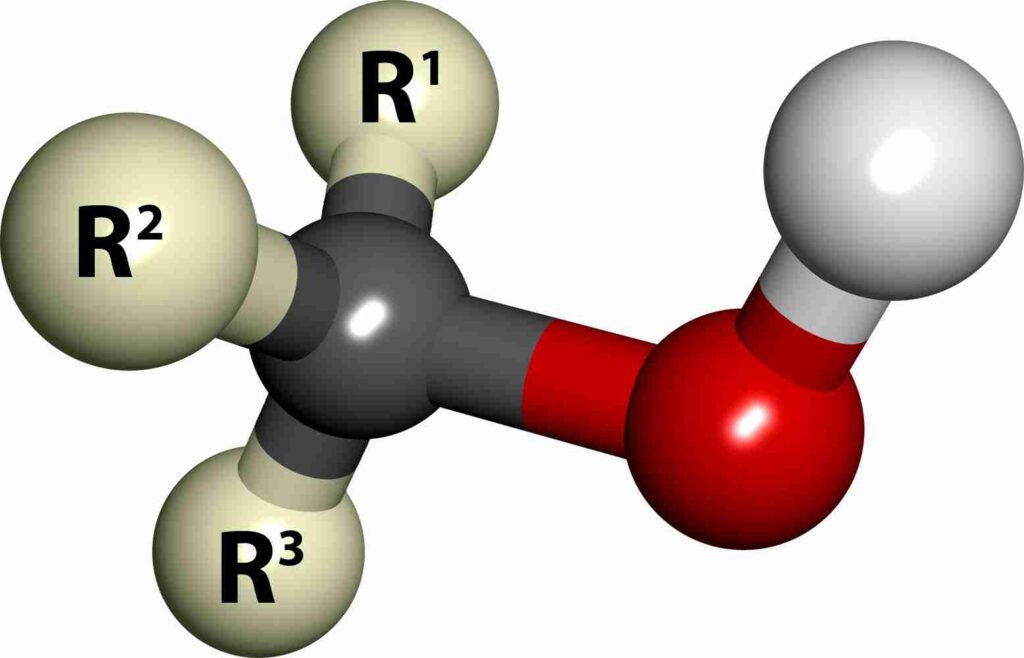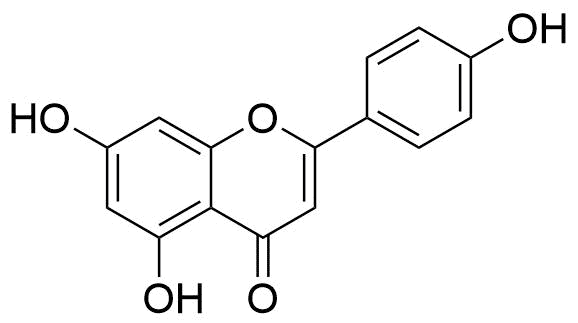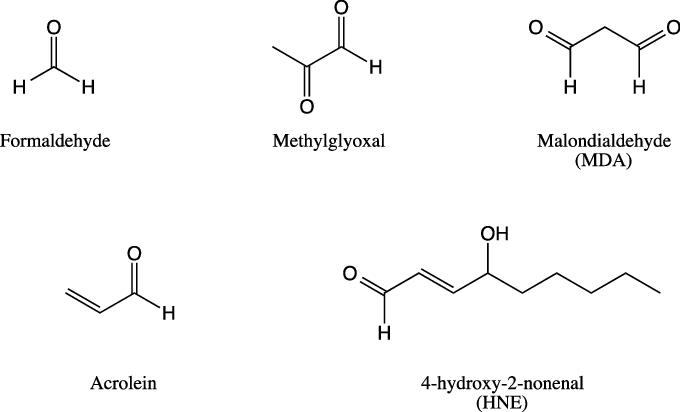Microorganisms, though vital for ecological balance and certain industrial processes, are often responsible for diseases, food spoilage, and contamination of water and air. Therefore, controlling microbial populations is essential in medical, industrial, and domestic settings. One of the most effective ways to manage harmful microorganisms is through the use of chemical agents. These substances either inhibit the growth of microorganisms or destroy them entirely.
Chemical agents are employed in various forms, such as liquids, gases, and solids, and their selection depends on the nature of the microorganism, the environment of application, and the desired outcome—whether sterilization, disinfection, or antisepsis. This article comprehensively explains the different types of chemical agents used to control microorganisms, along with their mechanisms and applications.
Summary of Chemical Agents
- Chemical agents are used to kill or inhibit microorganisms by damaging cell structures or interfering with vital processes.
- Types include alcohols, phenolics, halogens, heavy metals, aldehydes, peroxygens, and gases, each suited for different uses.
- They’re effective but require cautious use due to toxicity and the risk of resistance.
Table of Contents
Definition of Chemical Agents
Chemical agents are substances, either natural or synthetic, that are specifically formulated to inhibit the growth of, or destroy, harmful microorganisms. These agents work through a variety of mechanisms, such as denaturing proteins, disrupting cell membranes, interfering with nucleic acids, or inactivating metabolic pathways. Depending on their potency and mode of action, chemical agents can achieve sterilization, disinfection, antisepsis, or sanitization.
Classification of Chemical Agents
Chemical agents used to control microorganisms can be broadly classified based on their mechanism of action, spectrum of activity, or practical use. The major categories include alcohols, phenolic compounds, halogens, heavy metals, aldehydes, peroxygens, and various gaseous agents. Each class of chemical agents possesses unique properties that make them suitable for specific applications in healthcare, laboratories, food industries, and households.
Alcohols

Alcohols are among the most widely used chemical agents for controlling microorganisms due to their rapid action and ease of application. The most commonly used alcohols include ethanol and isopropanol.
The mechanism by which alcohols exert their antimicrobial effect involves denaturing proteins and disrupting lipid membranes. Alcohol concentrations between 60 to 90 percent are most effective for this purpose. At these concentrations, alcohol can rapidly inactivate vegetative bacteria, fungi, and many enveloped viruses.
However, alcohols have limited activity against bacterial endospores and non-enveloped viruses. They are commonly used as skin antiseptics, disinfectants for small medical instruments, and surface sanitizers in healthcare environments.
Phenolic Compounds

Phenolic compounds were among the earliest disinfectants introduced in medical practice, with Joseph Lister’s pioneering work in antiseptic surgery. Phenolics, such as phenol, cresols, and bisphenols, continue to be used today in various forms.
The antimicrobial activity of phenolic compounds results from their ability to denature proteins and disrupt cell membranes, leading to the leakage of cellular contents. They are effective against a broad range of bacteria, including Mycobacterium tuberculosis, as well as fungi and some viruses.
Although phenolics are relatively stable and maintain activity in the presence of organic matter, their toxicity and potential to irritate skin limit their use in some settings. They are commonly used in household disinfectants, antiseptic soaps, and laboratory disinfectants.
Halogens
Halogens, including chlorine, iodine, and bromine, are highly effective antimicrobial agents widely employed in disinfection and antisepsis.
Chlorine is commonly used to disinfect drinking water, swimming pools, and sewage. It acts by forming hypochlorous acid when dissolved in water, which oxidizes cellular components and disrupts vital metabolic functions in microorganisms.
Iodine is used as a skin antiseptic and disinfectant in the form of tinctures or iodophors. It penetrates microbial cell walls and inactivates proteins and enzymes by forming complexes with amino acids and unsaturated fatty acids. Iodine is effective against bacteria, viruses, fungi, and protozoa.
While halogens are powerful disinfectants, their effectiveness can diminish in the presence of organic materials. Additionally, some halogens may produce harmful by-products or cause tissue irritation.
Heavy Metals
Heavy metals such as mercury, silver, copper, and zinc have long been recognized for their antimicrobial properties. Although their use has declined due to toxicity concerns, they still find application in specific medical and industrial contexts.
Silver compounds, for example, are incorporated into wound dressings, catheters, and burn ointments due to their broad-spectrum antimicrobial activity. Silver ions exert their effect by binding to thiol groups in proteins, disrupting enzyme functions and structural integrity.
Mercuric chloride and other mercury compounds were historically used as disinfectants, though their use is now limited due to high toxicity. Copper is still employed in certain water purification systems and as a surface antimicrobial agent in healthcare settings.
Aldehydes

Aldehydes, such as formaldehyde and glutaraldehyde, are highly effective sterilizing agents. These compounds act by alkylating functional groups in proteins and nucleic acids, resulting in irreversible damage to cellular structures.
Formaldehyde, typically used in gaseous or aqueous forms, is employed for disinfecting rooms, biological specimens, and surgical instruments. Glutaraldehyde is favored for high-level disinfection of heat-sensitive medical equipment such as endoscopes and respiratory therapy equipment.
Despite their potency, aldehydes are associated with significant drawbacks, including toxicity, strong odor, and potential for tissue irritation. Adequate ventilation and protective measures are essential during their application.
Peroxygens
Peroxygens, including hydrogen peroxide and peracetic acid, are strong oxidizing agents with broad-spectrum antimicrobial activity. They function by generating free radicals that damage proteins, lipids, and nucleic acids, leading to cell death.
Hydrogen peroxide is used for disinfecting surfaces, sterilizing surgical tools, and as an antiseptic for minor wounds. It decomposes into water and oxygen, making it an environmentally friendly disinfectant.
Peracetic acid is even more potent and effective against bacteria, fungi, viruses, and bacterial endospores. It is commonly used in food processing industries, pharmaceutical manufacturing, and for sterilizing medical equipment.
Gaseous Agents
Certain chemical agents are employed in gaseous form for sterilizing heat-sensitive materials. Ethylene oxide, ozone, and formaldehyde gas are examples of gaseous agents used for microbial control.
Ethylene oxide is a colorless gas with excellent penetrating ability, capable of sterilizing complex instruments and medical devices. It inactivates microorganisms by alkylating proteins, DNA, and RNA, leading to cellular dysfunction.
Ozone, a powerful oxidant, is used for water purification and air disinfection. Its rapid action and ability to break down into non-toxic by-products make it environmentally favorable, although it requires specialized equipment.
Formaldehyde gas is utilized for fumigation of enclosed spaces, such as laboratories, hospitals, and poultry farms, to eliminate microbial contaminants.
Mechanism of Action of Chemical Agents
Chemical agents control microorganisms by targeting vital cellular structures and metabolic processes. Their antimicrobial effect depends on the nature of the agent, its concentration, and the type of microorganism involved. The mechanisms by which these agents act can be categorized based on the specific cellular components or functions they disrupt.
Disruption of Cell Membrane Integrity
Many chemical agents act by damaging the structure and permeability of microbial cell membranes. The cell membrane plays a vital role in regulating the passage of materials in and out of the cell. Disruption leads to leakage of essential intracellular components like ions, proteins, and nucleotides, ultimately resulting in cell death. Agents such as alcohols, phenols, and quaternary ammonium compounds exert their antimicrobial effects through this mechanism.
Denaturation and Coagulation of Proteins
Some chemical agents work by denaturing or coagulating cellular proteins and enzymes, which are essential for various metabolic activities. By altering the three-dimensional structure of these proteins, the agents render them nonfunctional, halting vital biological reactions. Examples of such agents include alcohols, heavy metals like mercury and silver, and oxidizing agents like hydrogen peroxide.
Inhibition of Enzyme Activity
Certain antimicrobial chemicals specifically inhibit key enzymes involved in microbial metabolism. By blocking enzyme activity, these agents disrupt essential biochemical pathways, such as energy production or DNA synthesis. Metallic ions and oxidizing agents can bind to enzyme active sites, preventing substrate interaction and leading to microbial death.
Damage to Nucleic Acids
Some chemical agents directly interact with microbial DNA and RNA, causing mutations, strand breaks, or inhibiting replication and transcription processes. Damage to nucleic acids prevents microorganisms from reproducing and performing essential genetic functions. Ethylene oxide, aldehydes like formaldehyde, and certain dyes exert their antimicrobial effects through nucleic acid damage.
Oxidation of Cellular Components
Oxidizing agents like hydrogen peroxide, chlorine compounds, and ozone produce reactive oxygen species (ROS) that oxidize vital cellular components, including proteins, lipids, and nucleic acids. This oxidative stress leads to irreversible damage and rapid microbial death, making these agents effective disinfectants and sterilants.
Interference with Cell Wall Synthesis
Though primarily associated with antibiotics, some chemical agents interfere with the synthesis or stability of microbial cell walls. Damage to the cell wall weakens structural integrity, making microorganisms more susceptible to osmotic pressure and causing cell lysis. Aldehydes and some halogen compounds can contribute to this effect.
Factors Affecting Efficacy of Chemical Agents
The effectiveness of chemical antimicrobial agents depends on several factors that influence their ability to destroy or inhibit microorganisms.
Concentration of the Agent
Higher concentrations of chemical agents usually result in more rapid and effective microbial killing. However, extremely high concentrations may not always be practical or safe, especially on living tissues.
Type of Microorganism
Different microorganisms vary in their resistance to chemical agents. Bacterial endospores, mycobacteria, and non-enveloped viruses are typically more resistant than vegetative bacteria, fungi, or enveloped viruses.
Contact Time
The duration of exposure significantly impacts the effectiveness of chemical agents. Longer contact times generally lead to better microbial control, allowing the agent sufficient time to act on cellular components.
Temperature and pH
Elevated temperatures often enhance the activity of chemical agents by increasing their penetration and reaction rates. Similarly, the pH of the environment can influence the agent’s stability and effectiveness, with some disinfectants working better in acidic or alkaline conditions.
Presence of Organic Matter
Organic materials such as blood, pus, and food particles can interfere with the action of chemical agents by neutralizing them or shielding microorganisms from exposure. Pre-cleaning surfaces is therefore essential for effective disinfection.
Applications of Chemical Antimicrobials
Chemical agents are widely applied in various settings to control microbial populations and maintain hygienic conditions.
Medical and Clinical Use
In hospitals and clinics, disinfectants are used to sterilize surgical instruments, hospital rooms, and surfaces. Antiseptics like alcohol, iodine solutions, and chlorhexidine are applied on skin and wounds to prevent infection.
Food Preservation
Chemical preservatives such as sodium benzoate, sorbic acid, and nitrates are added to foods to inhibit microbial growth, extending shelf life and preventing foodborne illnesses.
Water Treatment
Agents like chlorine, chloramine, and ozone are commonly used in water purification systems to kill pathogenic microorganisms and ensure the safety of drinking water.
Industrial and Domestic Applications
Chemical disinfectants are used in industries to sanitize equipment and production areas. In households, cleaning products containing phenolic compounds, quaternary ammonium compounds, and alcohol are employed to disinfect surfaces and control microbial contamination.
Emerging Challenges of Chemical Agents
Despite the effectiveness of chemical agents, several challenges are emerging in microbial control.
Development of Resistance
Repeated and improper use of chemical disinfectants can lead to the development of resistant microbial strains. Some bacteria develop efflux pumps or protective biofilms that reduce susceptibility to chemical agents.
Environmental Impact
Many chemical disinfectants persist in the environment and can accumulate, causing ecological imbalances and contributing to water and soil pollution.
Safety Concerns
Some chemical agents are toxic, corrosive, or irritant to human tissues, limiting their use, especially in medical applications. Ensuring the safety of chemical antimicrobials for humans and animals is an ongoing concern.
Regulatory and Compliance Issues
Strict regulatory standards must be met to ensure the efficacy and safety of chemical agents used in healthcare, food processing, and public water supplies. Regular evaluation and approval processes can delay the introduction of new, more effective products.
Conclusion
Chemical agents play a crucial role in controlling microbial populations and preventing the spread of infectious diseases. Their diverse mechanisms of action, ranging from disrupting cell membranes to inactivating nucleic acids, make them effective against a wide range of microorganisms. The selection of appropriate chemical agents depends on factors such as the nature of the microorganism, the intended application, and environmental considerations.
While highly effective, chemical agents must be used with caution due to potential toxicity, environmental impact, and development of microbial resistance. Understanding the properties, mechanisms, and applications of these agents is essential for their safe and effective use in medical, industrial, and domestic environments.
Frequently Asked Questions (FAQ)
What are chemical agents in microbiology?
Chemical agents are substances used to kill or inhibit the growth of harmful microorganisms in medical, industrial, and domestic settings.
Which chemical agents are commonly used to control microbes?
Common agents include alcohols, phenolics, halogens, heavy metals, aldehydes, peroxygens, and gaseous sterilizers.
Are chemical agents safe to use?
They are effective but must be handled carefully, as some can be toxic, irritating, or harmful to the environment if misused.
Related Contents
Membrane transport system-Passive and Active Transport
Classification of Bacteria – Importance , Basis and Historical Development

